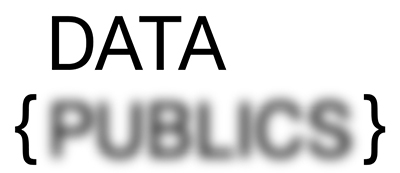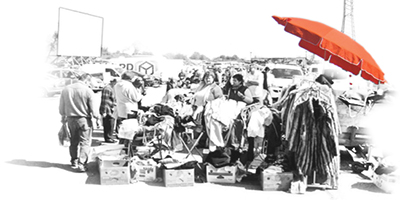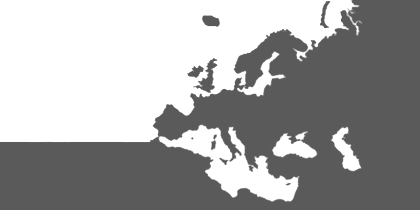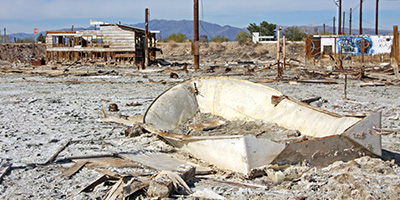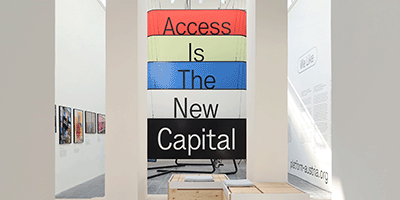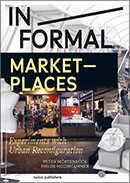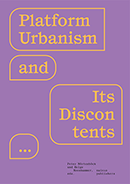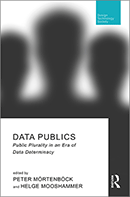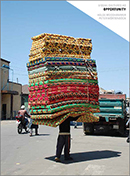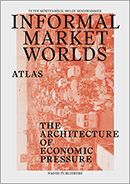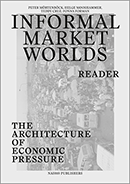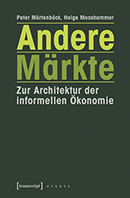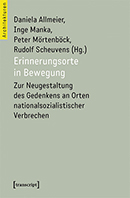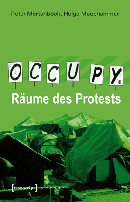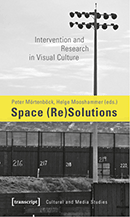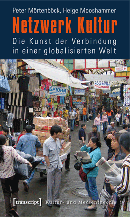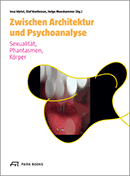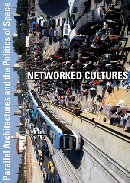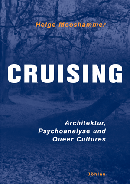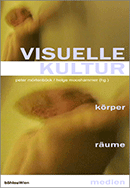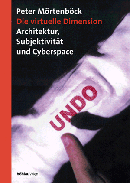RESEARCH
DATA PUBLICS
-
Public plurality in an era
of data determinacy
OTHER MARKETS
--
Mapping typologies and conditions of informality:
How informal markets intersect with global governance
NETWORKED CULTURES
--
The struggle for new forms of artistic practice in an era of global deregulation
WORLD OF MATTER
--
An ecological view on resource politics
SEA OF MARBLE
--
Looking out to the sea: A navigational convergence on the imaginary and the realities of the sea
EXHIBITIONS
La Biennale di Venezia - 17th International Architecture Exhibition 2021
XX Architecture and Urbanism Biennial - Chile 2017
Ephemeral Urbanism
World of Matter
@ HMKV Dortmund
@ James Gallery New York
@ Ellen Gallery Montreal
@ Nash Gallery Minnesota
Networked Cultures -
documentary
Gunners & Runners
Trading Places
Networked Cultures
Gone City
Temporary Zones
Operation Desert
You'll Never Walk Alone
OPERATION DESERT
exhibited @
Borderline Cases, Art Gallery of Windsor, Canada, 2006
published in
'Border Urbanism', Monu 08 - Magazine on Urbanism, 2008

Operation Desert
A trivial shortcut referring to the nature of the designated space of action, ‘Operation Desert’ is a codename readily used by US policies to label military interventions in the Middle East. Closer to home, at the Canadian-US borderland, however, it could be used to describe the urban wastelands left behind by cross-border capitalism and ruthless exploitation of land and human resources. A case in point along the border separating Canada and the United States are the post-industrial cities of Detroit and Windsor. In terms of urban and social prosperity they have both born the brunt of the restructuring of the automotive industry since the 1970s.
This has not just affected the physical richness of the urban space but also the social fabric of ethnic communities that had responded to the demand for workers and formed these spaces through their transnational migrant networks, as has been the case along Wyandotte Street in Windsor, the so-called Lebanese Street. This strip once formed the nucleus of a working class community arriving from the Middle East that has now suffered on the hands of US-capitalism, following the fate of many an American city. Today, Windsor’s city centre has been taken over by the contemporary American border economy of strip clubs, dingy bars and gambling halls. The Mosque and School of Ahlul-Bayt on Wyandotte Street borders upon ‘Adult by Choice’ and ‘Adult Entertainment’, the latter of which offered for rent already again. Their closed doors mark off an urban desert where it is impossible to distinguish between interior and exterior, exception and rule, and legality and illegality.
The border is a divided fiction that, dependent on the desired type of spatial and social organisation, gives rise to a particular material form. It is a place where the forces of production and migration meet in narrow channels, forming a marginalized territory of contested enclaves, buffer zones, military areas, protective strips and no man’s land: an intensified supply and negotiation space of geopolitical warfare.
(Excerpted from Networked Cultures – Parallel Architectures and the Politics of Space, NAi Publishers 2008)
Borderline Cases
Build Me Up / Tear Me Down
Provisional Structures and Contested Zones
Art Gallery of Windsor, Canada
15 Sep – 18 Nov 2007
As part of Architecture: A Borderline Case, a thematic series of exhibitions, projects and educational programmes, the AGW has organized two major group exhibitions of contemporary art. Build Me Up/Tear Me Down: Provisional Structures and Contested Zones includes the work of twelve international and Canadian artists who examine the city as a constantly changing arena of architectural and social activity. Buildings seem so permanent that we often forget that they are really temporary structures, held together by social, political, and cultural activities.
From photographs of trailers by Windsor-based photographer Brenda Francis Pelkey to the breathtaking image of the World Trade Centre disaster by New York artist Carolee Schneemann, this exhibition provides a range of perspectives on the ephemeral nature of the built environment. Several artists, including Vienna-based Sabine Bitter and Helmut Weber and Helge Mooshammer and Peter Mörtenböck from the UK, came to Windsor earlier in the year to create new work about our region. Other artists, including William Christenberry, who is from Washington D.C., and the mysterious Object Orange, a Detroit collective, photograph abandoned buildings in various states of decay. Botto and Bruno, from Turin, Italy, and Vancouver’s Jayce Salloum, examine the provisional structures of street culture, disaffected youth, and the homeless.
BOOKS
